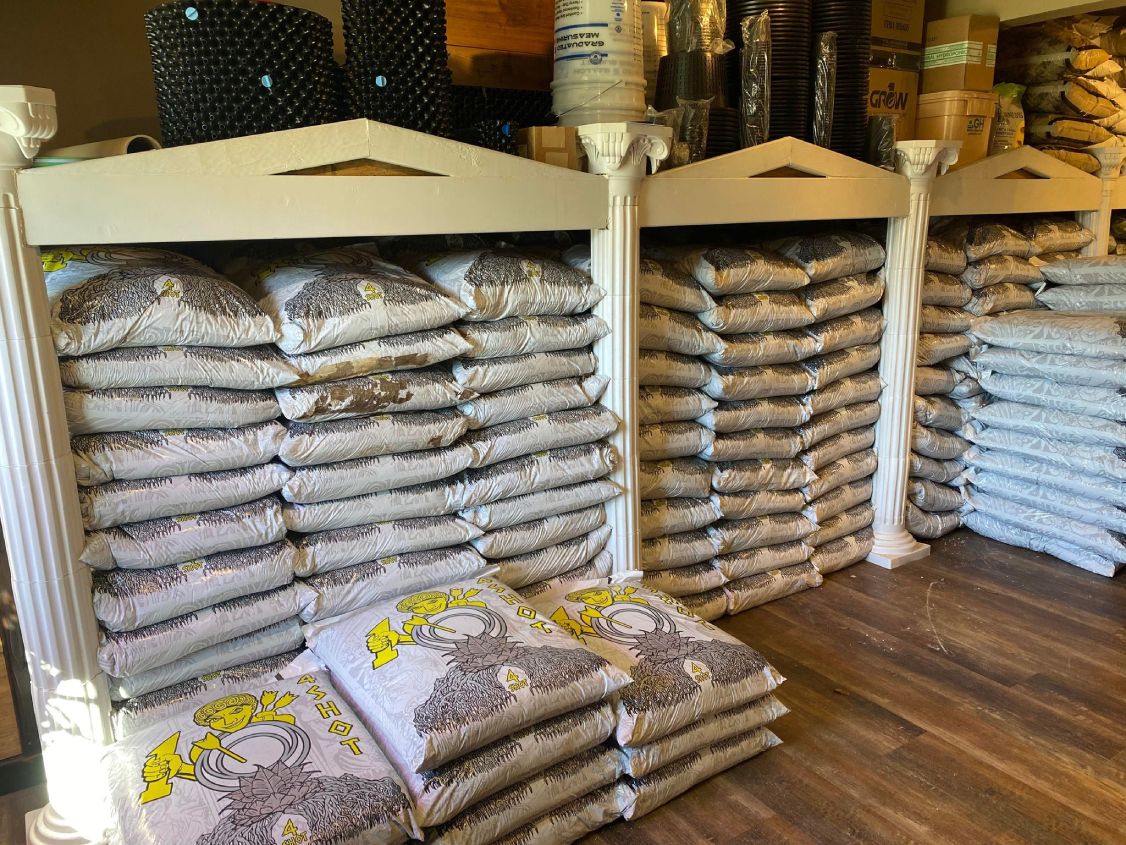The Ultimate Guide to Hydroponic Solutions and Techniques
In the globe of modern-day agriculture, hydroponic systems have actually arised as an innovative approach for cultivating plants without soil. As we uncover the intricacies of hydroponics in this detailed overview, we will navigate through the numerous kinds of systems, explore the essential nutrients vital for plant development, and dive right into advanced techniques that can substantially enhance returns.
Benefits of Hydroponic Systems
Hydroponic systems provide a plethora of benefits, consisting of efficient resource use and precise nutrient distribution to plants. By providing a controlled environment for plant growth, hydroponic systems allow optimum water and nutrient use, causing greater returns compared to typical soil-based farming. This efficiency not only saves resources but additionally lowers waste, making hydroponic systems eco-friendly.
Furthermore, the accurate shipment of nutrients in hydroponic systems permits for personalization based on the details needs of each plant variety. This targeted method makes certain that plants get the appropriate balance of essential nutrients, promoting healthier development and decreasing the threat of nutrient deficiencies or inequalities. Furthermore, the capacity to adjust and keep an eye on nutrient degrees in real-time maximizes plant efficiency and overall crop high quality.
Additionally, hydroponic systems eliminate the requirement for chemicals and herbicides, as the closed-loop system minimizes the risk of parasites and diseases that are typically found in soil-based farming - The Indoor Earthworm. This not just benefits the plants and the environment but also adds to creating cleaner, much healthier plants for usage
Kinds Of Hydroponic Setups

Deep Water Culture (DWC) entails putting on hold plant roots in a nutrient remedy, allowing for ample oxygenation. Nutrient Film Technique (NFT) makes use of a shallow stream of nutrient service streaming over the plant origins, providing a constant supply of nutrients. Ups and downs systems flood the plant roots at periods, ensuring they get nutrients and oxygen. Leak systems entail trickling a nutrient option onto the plant origins, supplying specific control over feeding. Aeroponics mists the plant origins with a nutrient service, making the most of oxygen absorption.
Each kind of hydroponic configuration has its advantages and is fit to different plant ranges and development phases. Recognizing the distinct features of these systems can help hydroponic growers select one of the most appropriate arrangement for their specific requirements and preferences.
Important Nutrients for Hydroponics
In hydroponic systems, plants depend on an exact equilibrium of vital nutrients to grow and expand this article successfully. These essential nutrients are critical for various plant functions such as photosynthesis, root growth, and total growth.
Along with macronutrients, plants likewise require second nutrients like sulfur, magnesium, and calcium, along with trace elements such as iron, copper, zinc, and manganese (The Indoor Earthworm). These nutrients are crucial for making sure that plants have all the required foundation to perform crucial organic processes

Advanced Methods for Maximum Return
To accomplish optimal yields in hydroponic systems, farmers can carry out innovative techniques that boost plant growth and productivity. One such technique is using additional lights. By supplying fabricated light sources such as LED or high-pressure sodium lights, growers can expand the number of light hours plants receive every day, promoting faster development and boosted returns. Another sophisticated technique is the execution of CO2 supplements. Boosting the levels of co2 in the expanding setting can boost photosynthesis and increase plant development considerably. Furthermore, employing strategies like plant training and trimming can assist maximize light distribution and airflow, ensuring that all parts of the plant get appropriate light and nutrients. read review Moreover, making use of automated systems for nutrient shipment and surveillance can aid maintain optimum nutrient levels, minimizing the threat of shortages or inequalities that can hinder plant growth. By including these sophisticated techniques right into their hydroponic systems, farmers can take full advantage of returns and attain bountiful harvests.
Troubleshooting Common Hydroponic Issues
When faced with difficulties in hydroponic systems, cultivators usually encounter usual issues that can prevent plant development and productivity. One widespread trouble is nutrient shortages, where plants do not have necessary aspects for healthy growth. To battle this, normal monitoring of nutrient degrees and changing the nutrient solution accordingly is important. One more usual problem is pH imbalance, which can result in nutrient lockout and bad absorption. Maintaining the appropriate pH array details to the plant being expanded is important for optimal nutrient uptake. In addition, poor oxygen levels in the origin area can result in root rot and stunted growth. Guaranteeing correct oygenation and oxygenation of the nutrient solution can help prevent this issue. Parasite infestations, such as aphids or crawler termites, can likewise torment hydroponic systems. Carrying out incorporated pest management methods and on a regular basis inspecting plants can assist regulate and avoid invasions. By without delay identifying and attending to these common hydroponic issues, growers can preserve healthy plants and take full advantage of yields in their hydroponic systems.
Conclusion
In conclusion, hydroponic systems provide numerous benefits for over at this website expanding plants successfully. With cautious planning and interest to information, hydroponic systems can reinvent the way plants are cultivated, leading to more effective and sustainable farming techniques.
By supplying a regulated environment for plant development, hydroponic systems enable optimum water and nutrient usage, leading to higher yields compared to conventional soil-based growing. The Indoor Earthworm. Nutrient Film Method (NFT) uses a superficial stream of nutrient solution moving over the plant roots, providing a continuous supply of nutrients. Monitoring and adjusting nutrient levels based on plant development stages is crucial to protecting against nutrition shortages or toxicities and optimizing plant performance in hydroponic systems
In addition, employing techniques like plant training and pruning can help maximize light distribution and air movement, guaranteeing that all components of the plant receive appropriate light and nutrients. Using automated systems for nutrient shipment and tracking can assist keep ideal nutrient levels, minimizing the threat of shortages or inequalities that can impede plant growth.